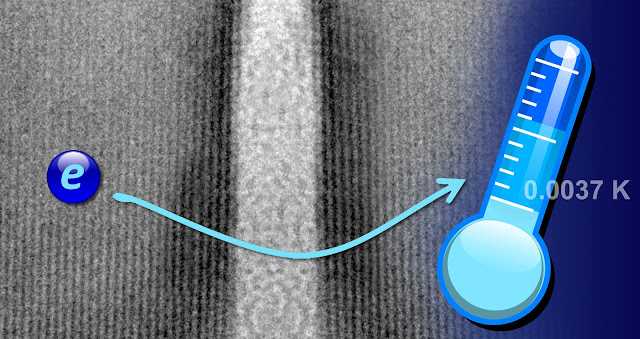UC Berkeley
engineers put their wearable sweat sensors to the test. (UC Berkeley video
produced by
Roxanne Makasdjian and Stephen McNally, UC Berkeley)
(January 27, 2016) When
UC Berkeley engineers say they are going to make you sweat, it is all in the
name of science.
Specifically, it is for a flexible sensor system that can
measure metabolites and electrolytes in sweat, calibrate the data based upon
skin temperature and sync the results in real time to a smartphone.
While health monitors have exploded onto the consumer
electronics scene over the past decade, researchers say this device, reported
in the Jan. 28 issue of the journal Nature, is the first fully integrated
electronic system that can provide continuous, non-invasive monitoring of
multiple biochemicals in sweat.
The advance opens doors to wearable devices that alert users
to health problems such as fatigue, dehydration and dangerously high body
temperatures.
Users wearing the
flexible sensor array can run and move freely while the chemicals in their
sweat are measured
and analyzed. The resulting data, which is transmitted wirelessly
to a mobile
device, can be used to help assess and monitor a user’s state of health.
(Image by
Der-Hsien Lien and Hiroki Ota, UC Berkeley)
“Human sweat contains physiologically rich information, thus
making it an attractive body fluid for non-invasive wearable sensors,” said
study principal investigator Ali Javey, a UC Berkeley professor of electrical
engineering and computer sciences. “However, sweat is complex and it is
necessary to measure multiple targets to extract meaningful information about
your state of health. In this regard, we have developed a fully integrated
system that simultaneously and selectively measures multiple sweat analytes,
and wirelessly transmits the processed data to a smartphone. Our work presents
a technology platform for sweat-based health monitors.”
The new sensor
developed at UC Berkeley can be made into “smart” wristbands
or headbands that
provide continuous, real-time analysis of the chemicals in sweat.
(UC Berkeley photo
by Wei Gao)
Javey worked with study co-lead authors Wei Gao and Sam
Emaminejad, both of whom are postdoctoral fellows in his lab. Emaminejad also
has a joint appointment at the Stanford School of Medicine, and all three have
affiliations with the Berkeley Sensor and Actuator Center and the Materials
Sciences Division at Lawrence Berkeley National Laboratory.
Chemical clues to a
person’s physical condition
To help design the sweat sensor system, Javey and his team
consulted exercise physiologist George Brooks, a UC Berkeley professor of
integrative biology. Brooks said he was impressed when Javey and his team first
approached him about the sensor.
Wearable sensors
measure skin temperature in addition to glucose, lactate, sodium and
potassium in
sweat. Integrated circuits analyze the data and transmit the information
wirelessly to a
mobile phone. (Image by Der-Hsien Lien and Hiroki Ota, UC Berkeley)
“Having a wearable sweat sensor is really incredible because
the metabolites and electrolytes measured by the Javey device are vitally
important for the health and well-being of an individual,” said Brooks, a
co-author on the study. “When studying the effects of exercise on human
physiology, we typically take blood samples. With this non-invasive technology,
someday it may be possible to know what’s going on physiologically without
needle sticks or attaching little, disposable cups on you.”
journal reference >>





































